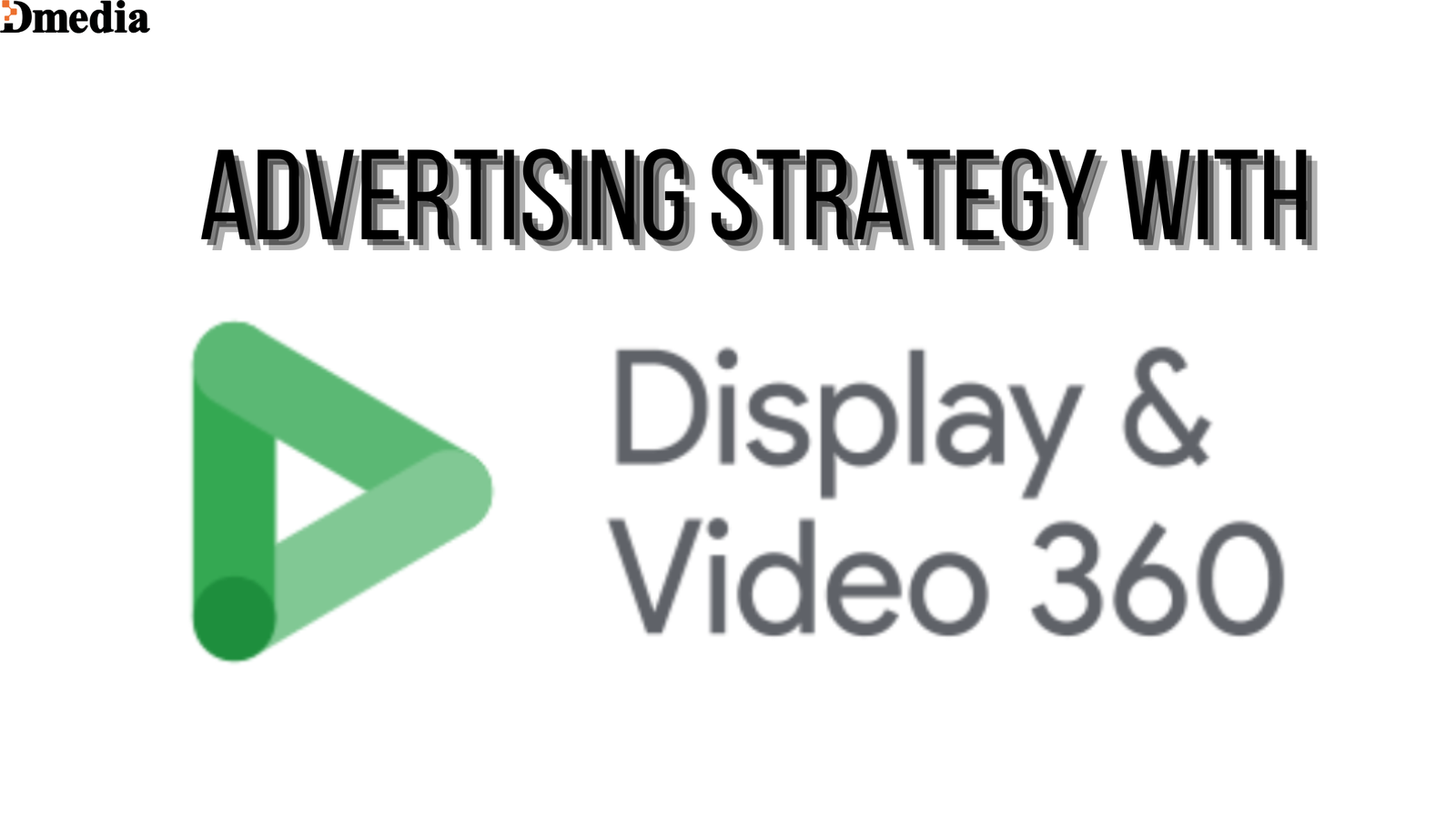Introduction:
Content marketing is one of the most effective ways to attract, engage, and convert your target audience. But with so much content out there, how do you stand out from the crowd and generate more leads for your business in 2023? In this blog post, we will share with you seven proven strategies to create and distribute high-quality content that drives more traffic, leads, and sales for your business in 2023.
1. Create Keyword-Based Content Strategies
Keyword research is the foundation of any successful content marketing campaign. By finding out what your audience is searching for online, you can create content that matches their intent and solves their problems. To do keyword research in 2023, you can use tools like Bing Keyword Planner, SEMrush, or Ahrefs to find relevant keywords with high search volume and low competition. You can also use tools like AnswerThePublic or BuzzSumo to find popular questions and topics related to your keywords. Once you have a list of keywords, you can use them to create content titles, headlines, subheadings, meta descriptions, and body text that are optimized for search engines and users.
2. Find Ways to Provide Additional Value with Your Content
In a world saturated with content, it’s crucial to offer something extra to your audience. Think about what sets your content apart from the competition. Consider incorporating elements like infographics, video tutorials, downloadable resources, or interactive content like quizzes and polls. By providing additional value, you not only engage your audience but also encourage them to share your content, increasing your reach and potential for lead generation.
3. Be Consistent
Consistency is key in content marketing. Regularly publishing valuable content keeps your audience engaged and helps build trust. Create an editorial calendar that outlines your content schedule, ensuring you have a steady flow of content to share with your audience. Consistency not only attracts new visitors but also keeps existing ones coming back for more, increasing your chances of converting them into leads.
4. Leverage the Power of Visual Content
Visual content, such as images, infographics, and videos, can significantly enhance the impact of your content marketing efforts. People are naturally drawn to visual content, and it can help convey complex information more effectively. Use eye-catching visuals to complement your written content and make it more shareable. Consider platforms like Instagram, Pinterest, and YouTube, which are ideal for visual content sharing and can help you reach a broader audience.
5. Embrace the World of User-Generated Content (UGC)
User-generated content involves your audience in the content creation process. Encourage your customers or followers to share their experiences, reviews, and testimonials related to your products or services. UGC not only adds authenticity to your brand but also provides social proof, increasing your credibility and the likelihood of attracting new leads who trust the opinions of their peers.
6. Personalize Your Content
In 2023, personalization is no longer a nice-to-have but a necessity. Tailor your content to cater to the unique preferences and needs of your audience segments. Use data and analytics to understand user behavior and preferences, allowing you to create content that resonates on a personal level. Personalized content not only enhances user engagement but also increases the chances of converting visitors into leads by addressing their specific pain points.
7. Measure, Analyze, and Adapt
Lastly, success in content marketing relies on continuous improvement. Regularly monitor the performance of your content by analyzing key metrics such as website traffic, click-through rates, conversion rates, and social media engagement. Use these insights to adapt your strategies, focusing on what works and eliminating what doesn’t. Experiment with new content formats, topics, and distribution channels to stay ahead of the competition.
Conclusion:
Content marketing is a powerful way to generate more leads for your business in 2023. By following these seven strategies, you can create and distribute high-quality content that attracts more visitors, engages more prospects, and converts more customers. If you need help with creating or managing your content marketing campaigns in 2023, contact us today and let us help you grow your business with content.








